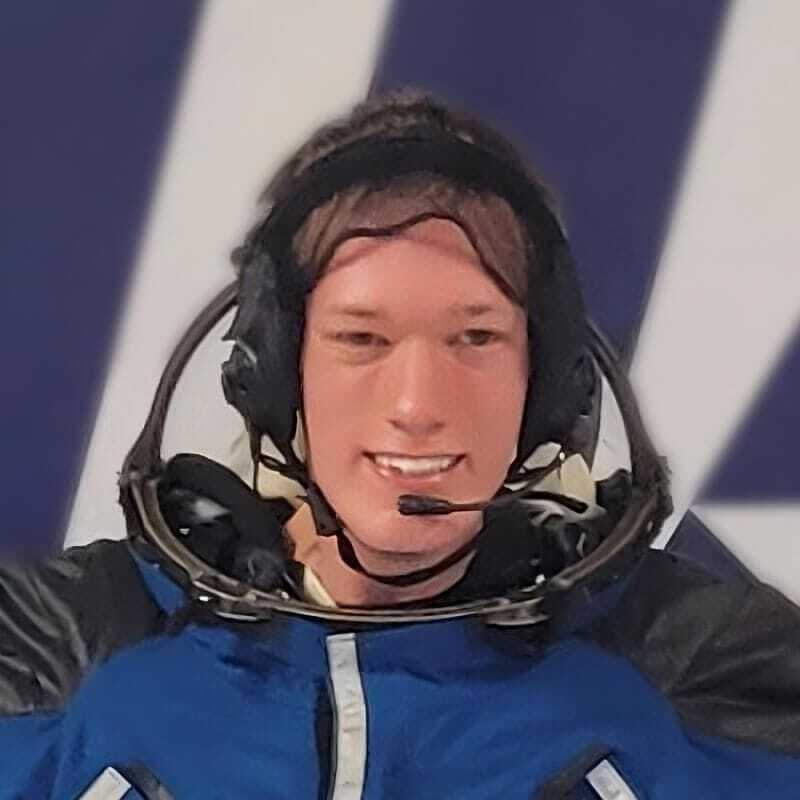NASA's Newly Returned Astronauts Discuss Future Space Exploration
by Marcia Dunn
Nasa's celebrity astronauts Butch Wilmore and Suni Williams have expressed their willingness to fly on Boeing's Starliner capsule again, amid discussions surrounding the events that transpired during their prolonged stay in space, which was significantly longer than originally planned.

Both astronauts feel that they bear a portion of the responsibility for the complications encountered during their spaceflight, which lasted for a total of 286 days. They were originally scheduled to return much earlier, after only a few months at the International Space Station. However, due to technical failures including thruster malfunctions and helium leaks on the Starliner capsule, their return was delayed.
“I could have asked some additional questions that may have changed the outcome of our situation,” Wilmore remarked, reflecting on the incident. His admission highlights the complexity and challenges that arise when managing human space travel.
The Starliner spacecraft encountered major issues during its test flight last year, ultimately prompting an emergency transfer to SpaceX for the astronauts' safe return. However, both Wilmore and Williams maintain optimism toward the Starliner program, believing that its potential capabilities can address the intricacies involved in human missions to space.
“We're ready to resolve these issues and improve what we've experienced. Starliner holds a lot of promise,” Williams emphasized during their recent press conference.

As the space agency investigates the Starliner's technical failures, engineers have committed to finding solutions to the malfunctioning thruster systems and helium leak issues present during the astronauts’ return flight. NASA is contemplating another test flight—potentially with cargo—before allowing crews to embark on the Starliner, emphasizing the importance of thorough testing in the path to safe human spaceflight.
The implications of this mission extend beyond human safety and reliability; it forms a basis for the future of U.S. space exploration. With plans in motion to transition to privately operated labs in low Earth orbit, the importance of Boeing and SpaceX in maintaining the service of astronauts to the International Space Station takes on even greater significance.
While both SpaceX and Boeing have faced operational challenges, NASA's commitment to dual partnerships is seen as a strategic effort to ensure reliability in space transportation. With the culmination of years of investment and technological innovation, these partnerships may determine the viability of manned space exploration in the upcoming decade.




